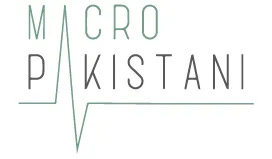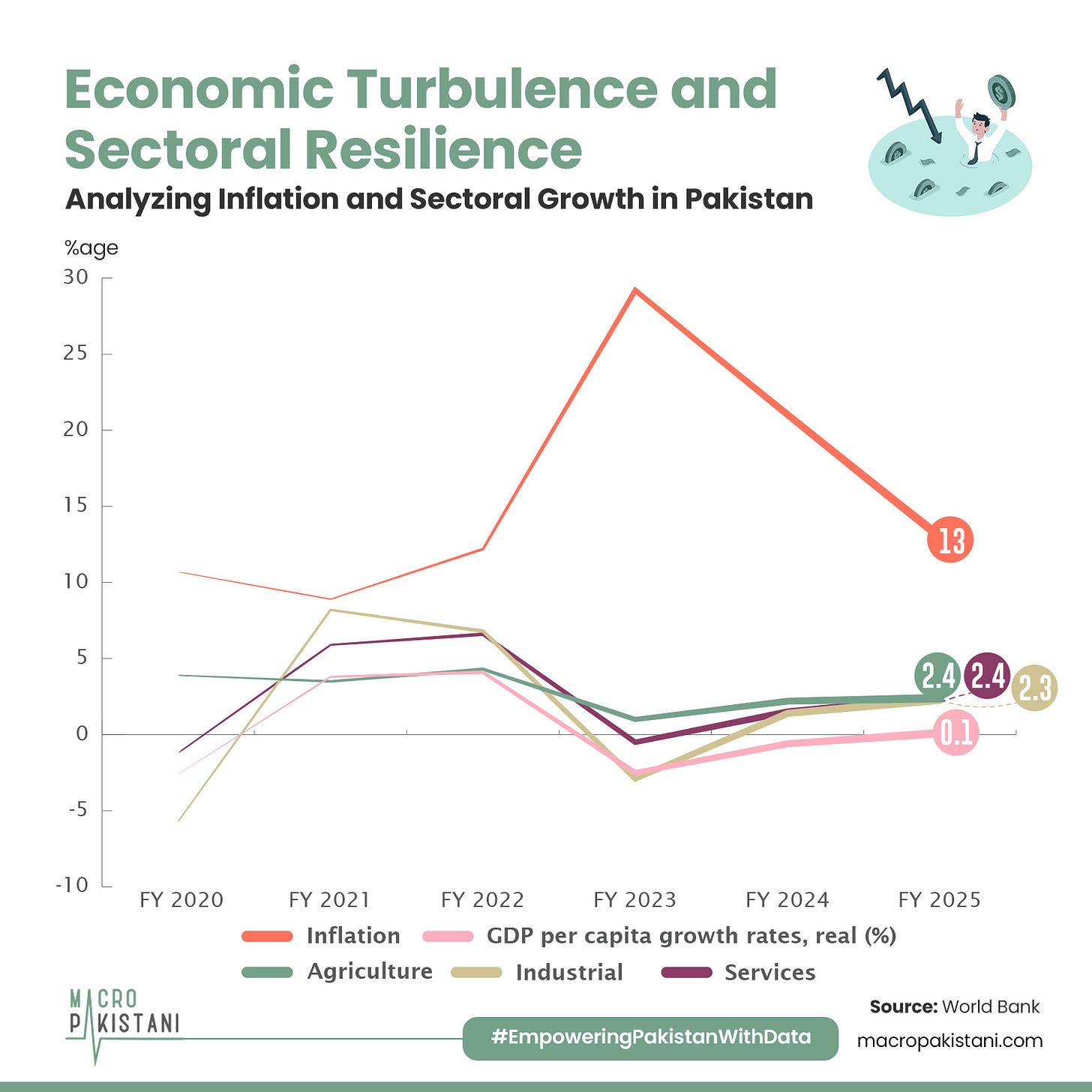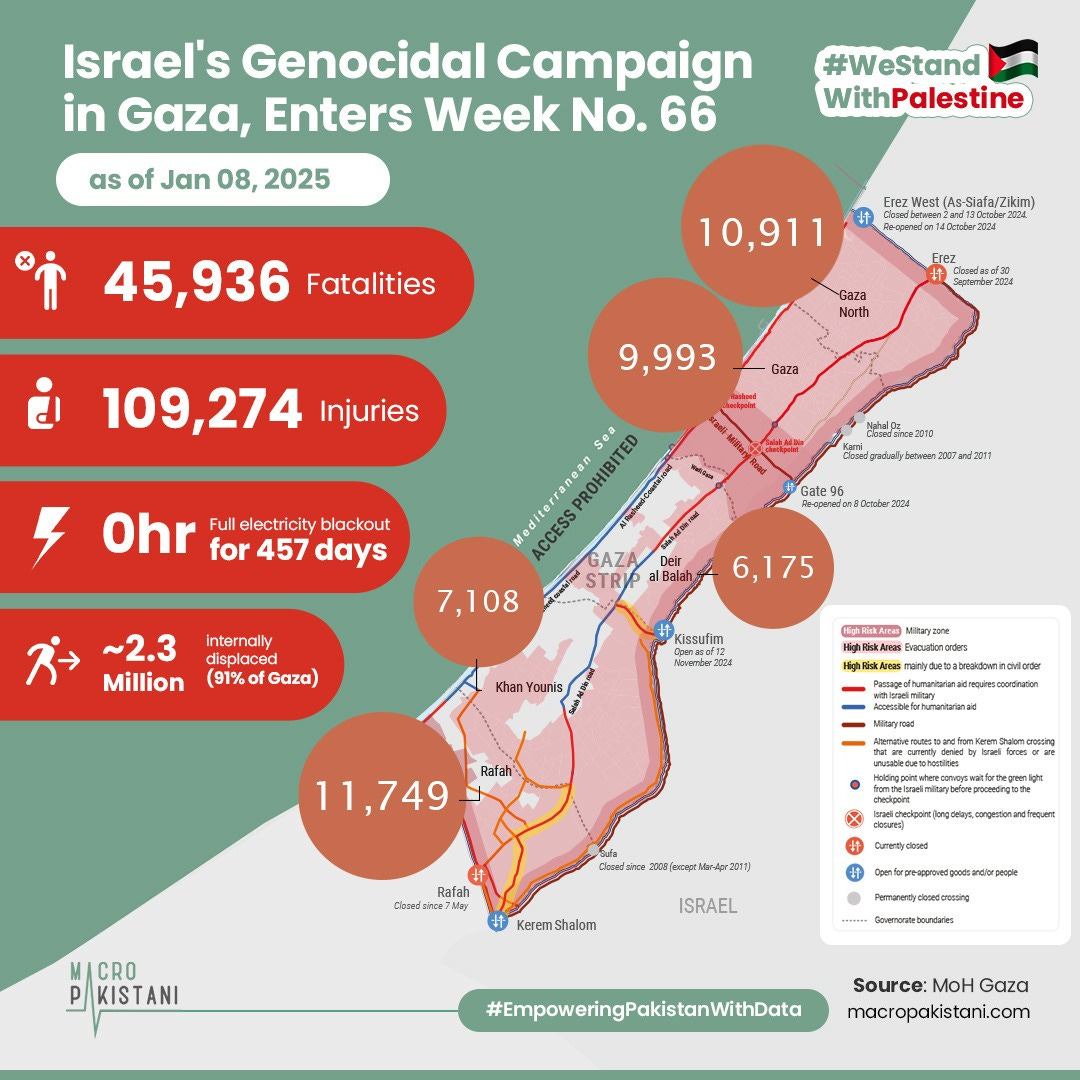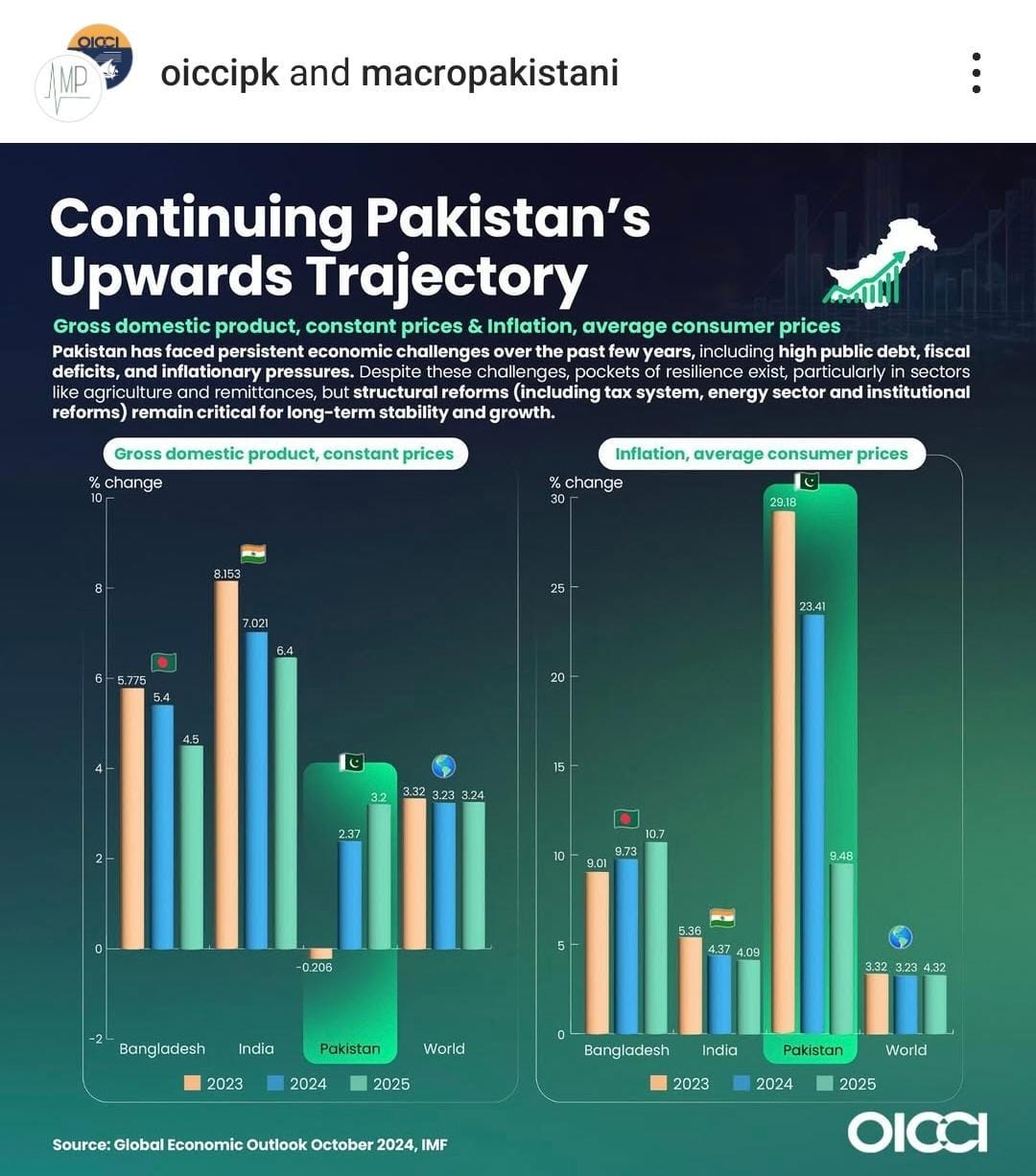Economic Volatility in Pakistan
Economic stagnation and high inflation have intensified poverty, impacting vulnerable households through reduced incomes and diminished social protections.

The poverty rate in Pakistan is estimated to have increased to 40.5% in FY24, up from 40.2% in FY23 (US$3.65/day, 2017 PPP per capita). Between FY2020 and FY2025, Pakistan’s economy experienced volatility in inflation, GDP per capita growth, and sectoral performance. Inflation surged from 10.7% in FY2020 to 29.2% in FY2023 before moderating. GDP per capita contracted by -2.6% in FY2020 and -2.5% in FY2023 but peaked at 4.1% in FY2022, with a slight recovery anticipated by FY2025.
Agriculture remained resilient, growing from 3.9% to 2.4%, while industrial growth fluctuated, rebounding in FY2021 but contracting in FY2023. The services sector followed similar trends, with rebounds in FY2021 and FY2022, a contraction in FY2023, and a modest recovery thereafter, underscoring persistent economic challenges.
How can targeted interventions address the dual challenges of inflation and stagnant income growth for vulnerable populations?
Although food inflation fell substantially in FY24, bringing slight relief to the poorest households who allocate nearly half of their budgets to food, this benefit was partially offset by persistently high energy costs and elevated core inflation in rural areas. Poor and vulnerable households continued to suffer due to these pressures. Human capital accumulation also faced setbacks, with over one-third of children out of school in 2023 and disproportionate exclusion of female and youngest student cohorts.
Public health concerns were aggravated by chronic air pollution, affecting 70% of the population, and smog caused school closures, leading to the loss of approximately 14 days of education in Punjab. Additionally, rapid inflation in transportation costs from 2022 to 2024 likely delayed health treatments for many poor families.
Fiscal consolidation measures, such as indirect tax increases, raised tax burdens for the poor, while real-term reductions in PSDP infrastructure spending curtailed labor income opportunities. Although expenditures in the Benazir Income Support Programme (BISP) significantly increased in FY24, with benefit levels rising by 50% over FY23 and FY24, these increases fell short of matching the general inflation rate of 52.6%. Consequently, the real value of support declined, limiting its ability to cushion the most vulnerable households against economic hardships.
GRAPHIC
The number of people killed in Israeli attacks on the Gaza Strip has been under-reported by approximately 41% as 3% of the population has died due to violence, a new study suggests.
An independent study by researchers from the London School of Hygiene & Tropical Medicine (LSHTM) estimated 64,260 traumatic injury deaths in Israeli attacks on Gaza between 7 October 2023 and 30 June 2024 compared to the 37,877 reported by the Health Ministry in Gaza.
Pakistan’s growth projections for the coming year are optimistic, yet they require cautious consideration of policies, particularly in light of its economic vulnerabilities. Moving forward, inclusion and sustainability remain critical focal points for global economic progress.
Macro Pakistanis who read this newsletter can directly give us feedback via Substack chat:
Data Visualization & Marketing Partner: Brand Nib
Visit: https://macropakistani.com/advertise/
Grateful for the ever-growing list of collaborators!
About Us: Macro Pakistani is a data-driven research platform that aims to provide a basic understanding of Pakistan’s economy. If you have an interest in contemporary news but are currently overburdened with sensationalism and specialized vocabulary, we are the platform for you.
How are we doing? Please send us any questions, comments or suggestions by replying to this email.





